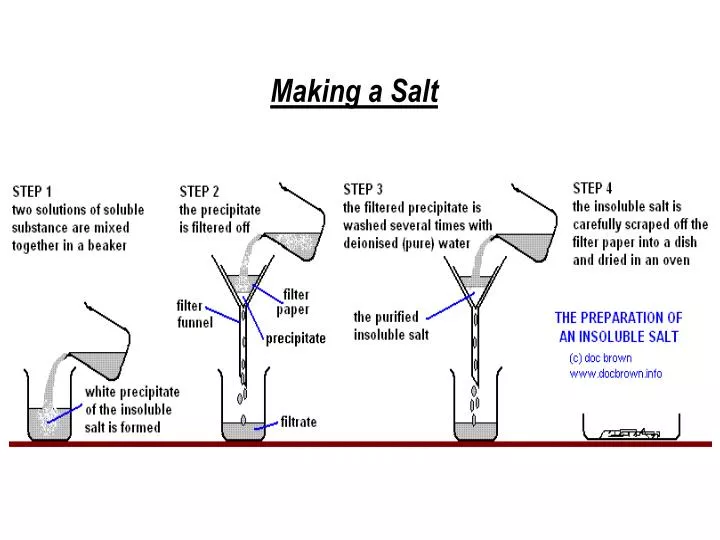
As the water freezes it pushes any impurities into the still-wet - that is, unfrozen - part of the water. This is because the water in your ice tray freezes at the outside of the cube first, as that’s the first part to cool down in the cold air of your freezer. It’s possible to get decent results just by pouring your double-boiled, distilled water into your standard ice cube tray and popping it in the freezer, but you’re still likely to end up with a small cloudy part in the center of the ice cube. Once your water has cooled to room temperature, boil it again and allow it to cool down before beginning the freezing process. Let the water cool after the first boil, and consider covering it with a lid or clean aluminum foil to prevent any dust or other bits of dirt from spoiling your project. To allow most of the air to escape, boil your water - whether you use tap or distilled water.īoiling water twice is the best way to make sure you start your ice-making journey with the best possible water.

Tiny air bubbles that become trapped in the ice as the water freezes will also make your ice cloudy, and it’s this imperfection that causes cloudy ice to melt faster than clear ice. Next, it’s also crucial to get rid of as much air as you can. This will increase your odds of making pure ice instead of cloudy ones. You want purified water that has been rid of mineral deposits and microscopic debris by the distillation process.

Bottled water may or may not be distilled, so be sure to check the label.

To get perfectly clear ice at home, start with distilled water. There are also likely to be trace mineral deposits and possibly tiny bits of debris, all of which can lead to cloudy ice. That keeps it safe to drink, but it’s not great for making clear ice. However, your home’s tap water is treated with chemicals. When perfectly clear ice forms in nature - think pond ice that you can see fish through or clear icicles on your eaves - it’s because pure water is left to do its own thing.


 0 kommentar(er)
0 kommentar(er)
